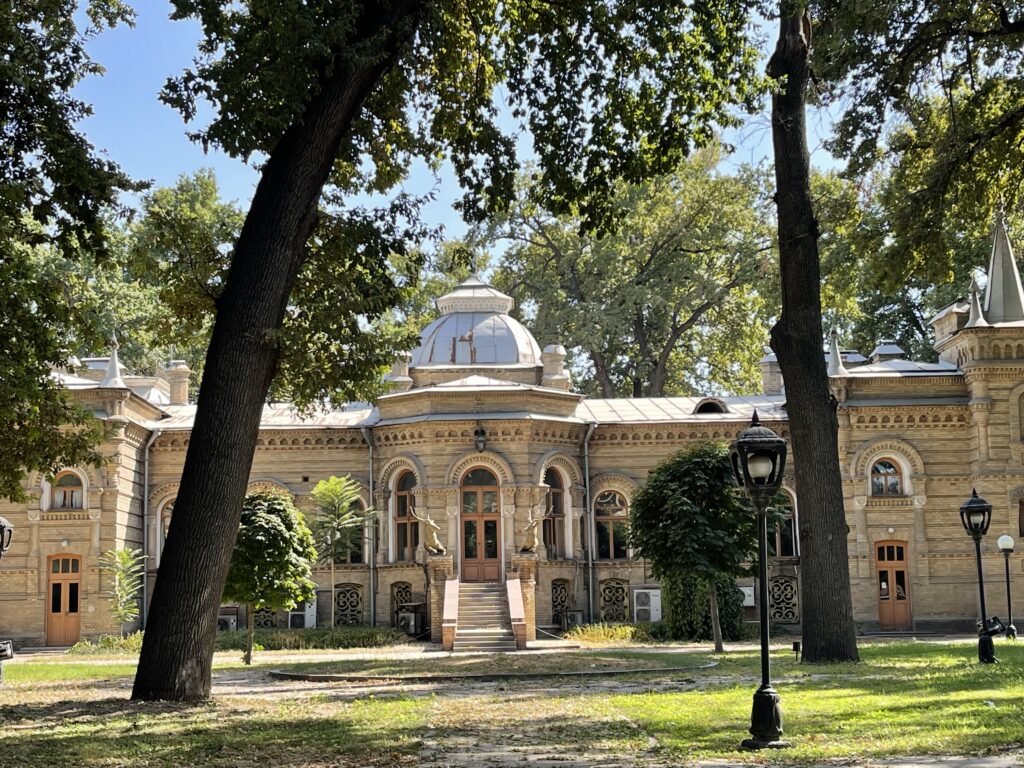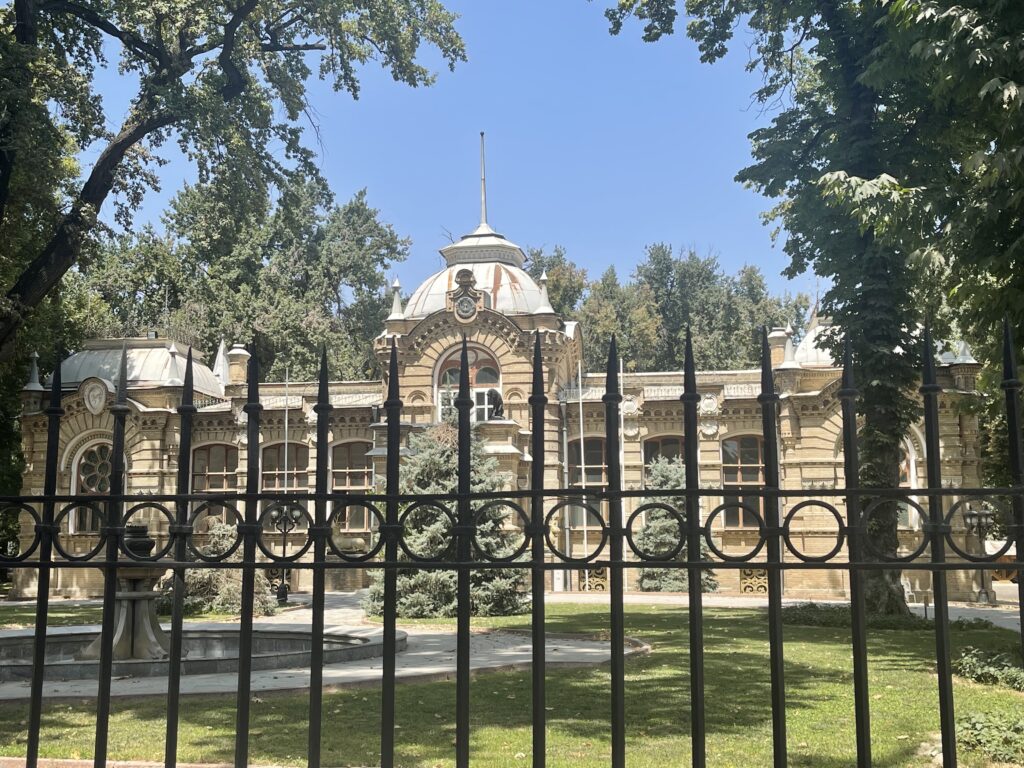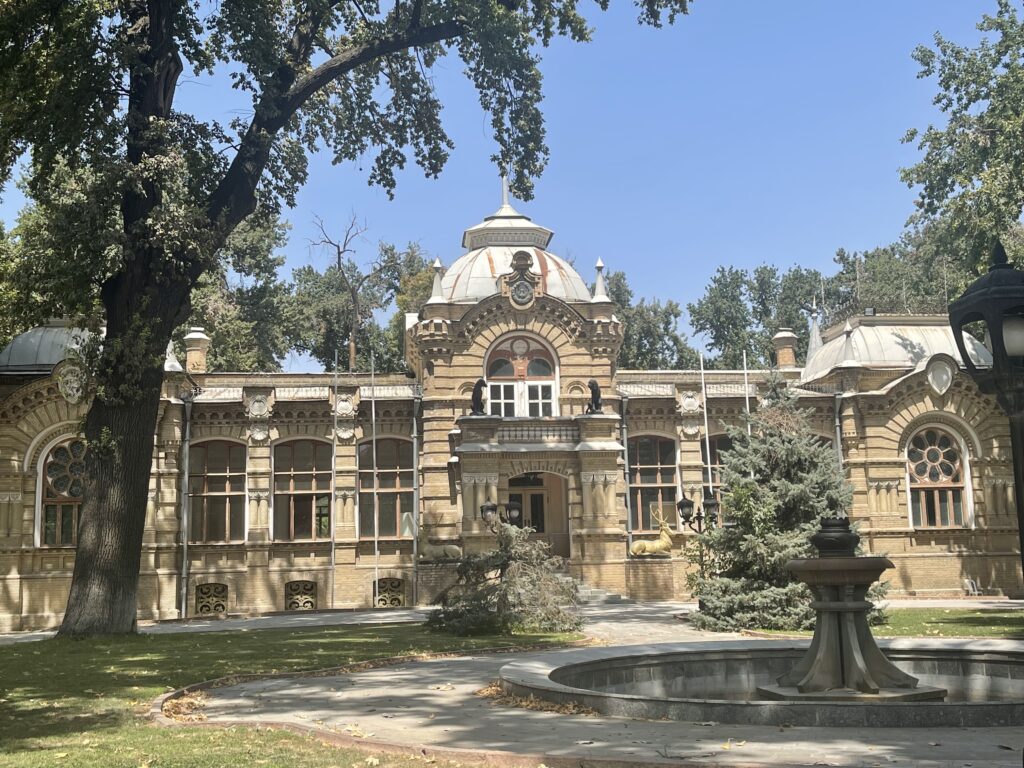In the heart of Tashkent stands a small yet elegant building that sets itself apart from its surroundings. Though no longer accessible to the public, this hidden gem holds intriguing stories of Uzbek and Soviet history.
Who Was Grand Duke Nicholas Konstantinovich of Russia?
Grand Duke Nicholas Konstantinovich of Russia, a prominent Romanov family member and grandson of Emperor Nicholas I, gained notoriety for his unconventional behavior, causing embarrassment to the royal family. His involvement with an American woman, Fanny Lear, and the theft of valuable diamonds from a family icon resulted in his declaration of insanity and exile to Tashkent in the southeastern Russian Empire (now Uzbekistan).
In Tashkent, he made significant contributions, introducing amenities like plumbing and donating funds for a drama theater and cinema. He engaged in successful entrepreneurial ventures such as photo studios, billiard rooms, kvass and rice selling, soap factories, and cotton mills. Notably, he funded the construction of the Romanovsky irrigation canal, promoting agricultural development in the Hungry Steppe.
Despite exile, Grand Duke Nicholas remained socially active, having relationships with women and fathering illegitimate children. His life was marked by conflicts with relatives and a complex relationship with the imperial court, leading to his banishment to Tashkent, where he lived until his death in 1918.
History of The Romanov Palace

The Romanov Palace, completed in 1891 for Grand Duke Nikolai Konstantinovich, stands as a masterpiece of architectural elegance in the heart of Tashkent. Designed by architects V.S Heinzelmann and A.L Benua, this two-story burnt gray-yellow brick building with a basement exudes grandeur and historical significance.
Its exterior is adorned with ornamental turrets, openwork lattices, and unusually shaped windows, showcasing the influence of the trendy “modern” style of its time.
Bronze sculptures of dogs and deer grace the entrance, adding a regal touch to the palace’s facade. The building’s outline is said to be inspired by the double-headed eagle, symbolizing the Romanov family’s imperial heritage.
Within the palace, visitors were treated to an opulent interior. Dark oak-lined halls featured carved cornices and golden paintings, creating an ambiance of splendor and luxury. The dining room, with its gold-painted ceiling adorned with inscriptions from the Koran, exemplified the exquisite attention to detail.
One of the palace’s highlights was the Japanese garden, lovingly created by the renowned Tashkent botanist and pharmacist I.I. Krause. This oasis of greenery complemented the palace’s charm and provided a serene retreat for its occupants.
The palace was home to various collections, including paintings, marble statues, and a vast array of precious jewelry, orders, medals, and other valuables from Grand Duke Nicholas Konstantinovich’s personal collection. The interior also featured rooms decorated in an oriental style, displaying beautiful Bukhara, Afghan, Turkmen, and Persian carpets that spoke to the rich cultural heritage of the region.
Read our article on Tashkent travel tips
Visiting the Romanov Palace

Throughout the years, the Romanov Palace served as a museum, a residence for the Palace of Pioneers, and the Museum of Arts of Uzbekistan.
Unfortunately however, the Palace is now closed to the general public.
Its historical significance and architectural splendor captured the attention of the Ministry of Foreign Affairs of Uzbekistan, which restored and now utilizes the building as a Reception House.
Unfortunately, the public can now only admire this building from outside its gates, unable to explore the rich history and cultural treasures it once held within its walls.
If you’re looking for alternative things to do in Tashkent, read our blog post.
Read our full guide if you’re planning a trip to Uzbekistan.
